We've found 318 matches for your search. Order by
Results
-
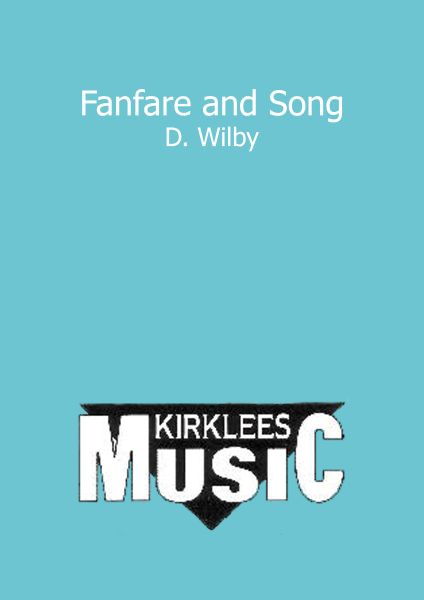 £34.95
£34.95Fanfare and Song
Estimated dispatch 7-14 working days
-
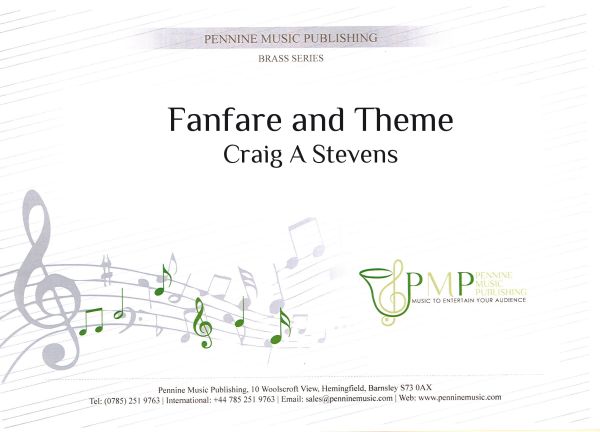 £24.50
£24.50Fanfare and Theme
Estimated dispatch 7-14 working days
-
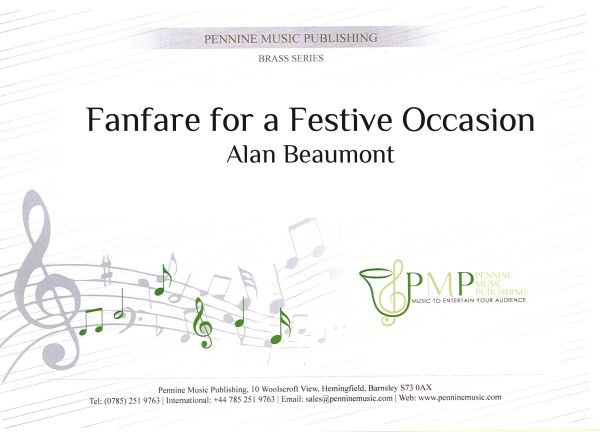 £17.50
£17.50Fanfare for a Festive Occasion
Estimated dispatch 7-14 working days
-
 £24.95
£24.95Fanfare Fugato
Estimated dispatch 7-14 working days
-
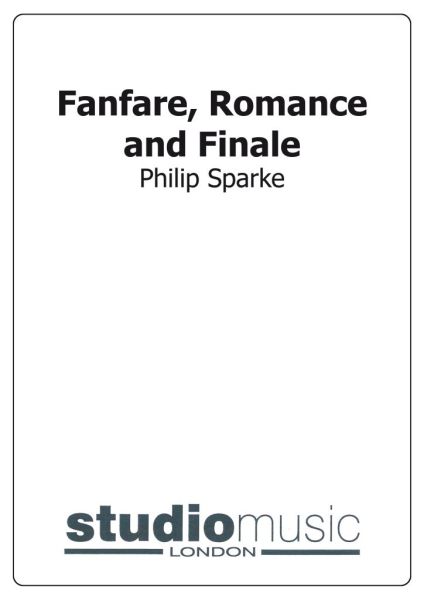 £44.95
£44.95Fanfare, Romance and Finale
Estimated dispatch 7-14 working days
-
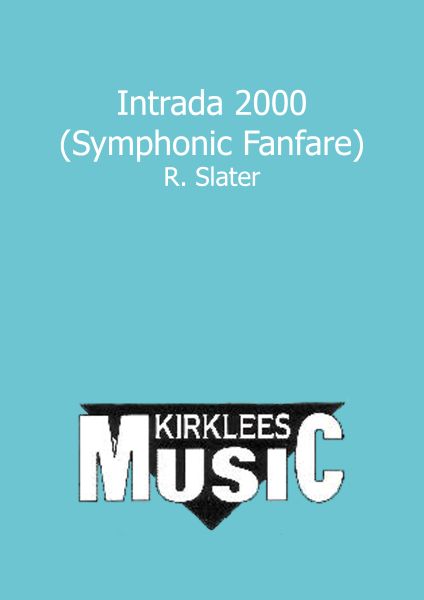 £19.50
£19.50Intrada 2000 (Symphonic Fanfare)
Estimated dispatch 7-14 working days
-
£25.00
INTRADA 2000 (Symphonic Fanfare for Brass) - R.Slater
Estimated dispatch 7-14 working days
-
£24.95
SOKOL FANFARE (from Sinfonietta) (Brass Band Set) - Janacek - Philip Sparke
Estimated dispatch 7-14 working days
-
£47.30
-
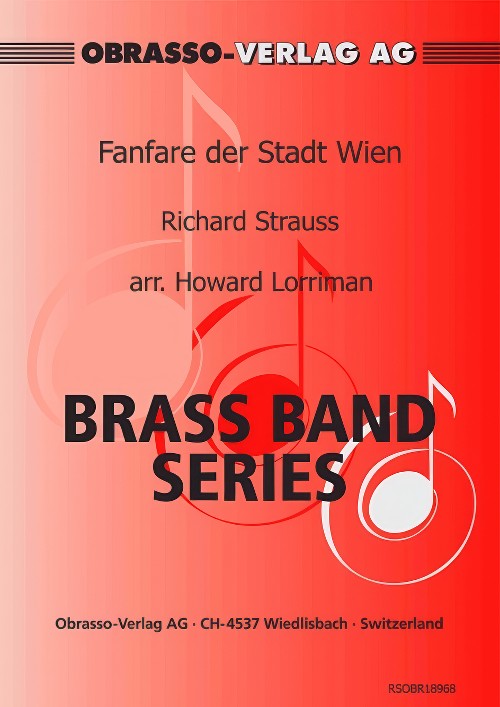 £56.00
£56.00Fanfare der Stadt Wien (Brass Band - Score and Parts) - Strauss, Richard - Lorriman, Howard
AV 134/TrV 287
Estimated dispatch 7-14 working days
